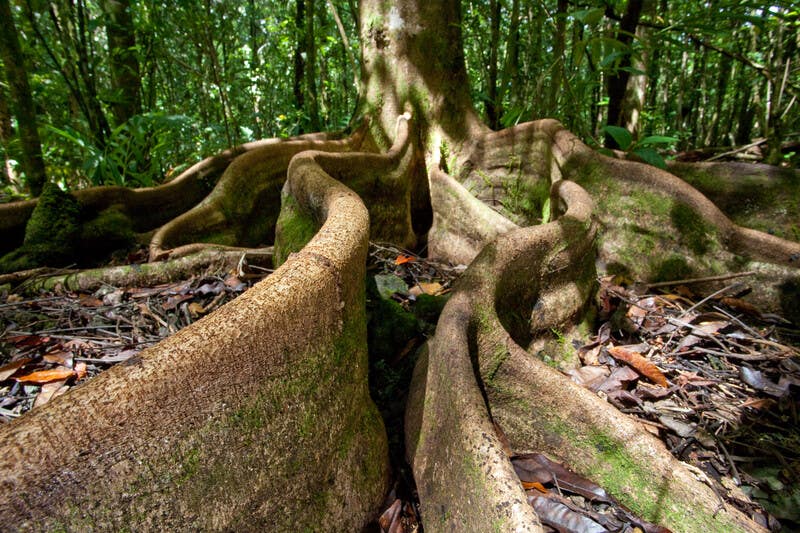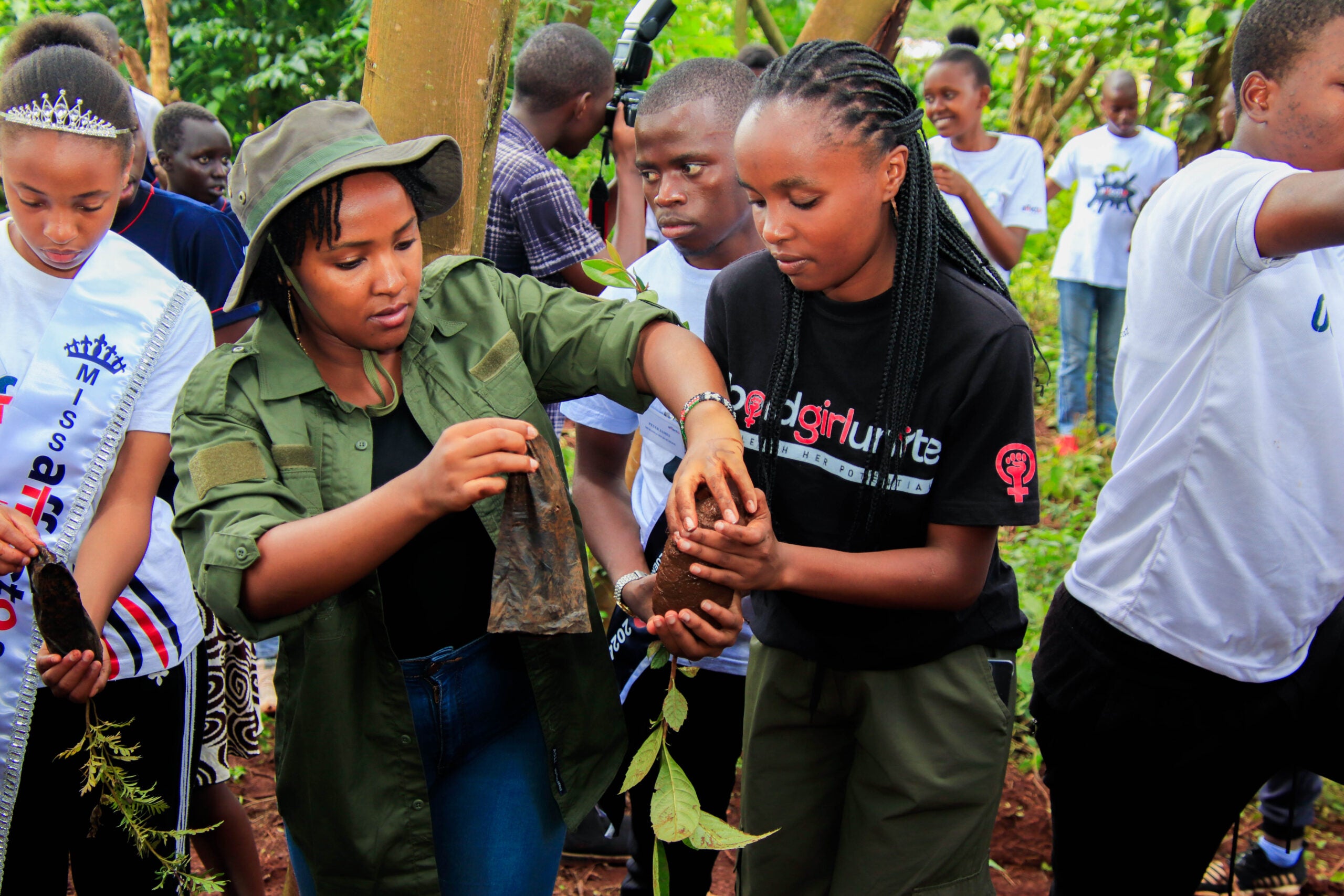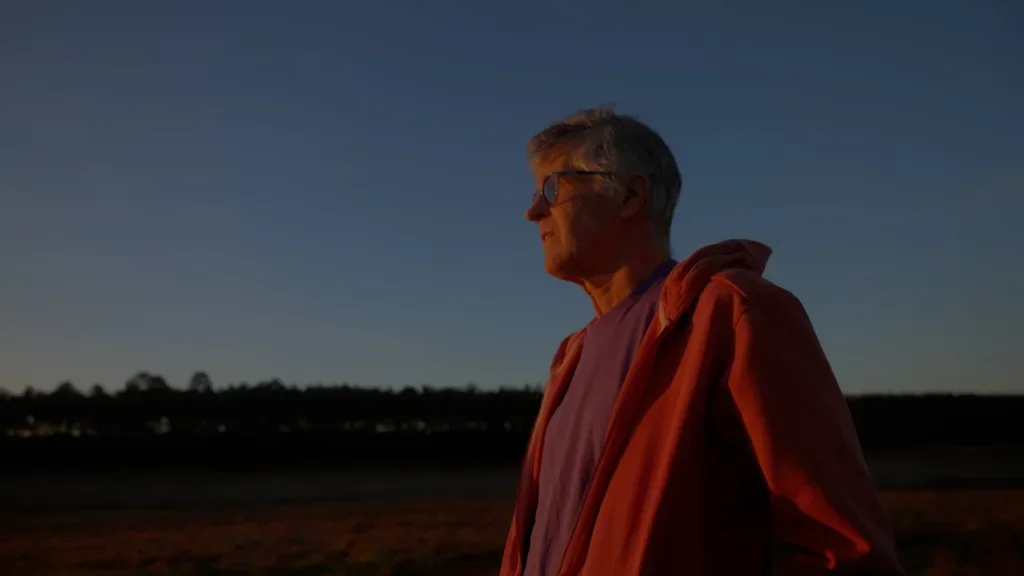In July, Andrew Tilker, Ph.D. student at the Leibniz Institute for Zoo and Wildlife Research and GWC associate conservation scientist, will be starting a new round of intensive fieldwork surveys in Laos. Andrew and his collaborators from WWF will be working in a remote forest in southeastern Laos called Xe Sap National Protected Area (NPA). Xe Sap (pronounced “say-zap”) is one of the most unexplored protected areas in all of Southeast Asia. Its tropical forests are believed to be a last stronghold for rare Annamite-endemic species, including Large-antlered Muntjac (Muntiacus vuquangensis), Annamite Striped Rabbit (Nesolagus timminsi), and perhaps most importantly, the elusive and critically endangered Saola (Pseudoryx nghetinhensis).
Although biologists have conducted a very few small-scale surveys in Xe Sap, no part of the protected area has been surveyed in a comprehensive and systematic way. At present, its forests are a biological mystery. Andrew and his teams will survey a large section (approx. 200 km2) of wet evergreen forest in the eastern section of Xe Sap. The teams will use two methods to survey for ground-dwelling mammals and birds: camera-trapping, a well-established method for surveying in tropical forests, and terrestrial leech collection, a relatively new method that shows much potential for detecting cryptic species. Their work will provide an unprecedented glimpse into one of the most biodiverse areas on mainland Southeast Asia. It is their hope that the findings will contribute to the protection of the rare and endemic species that are found there.
Follow along here or on Andrew’s blog for updates!
Andrew Tilker is Species Conservation Manager at Re:wild. He is passionate about species conservation, especially for little-known mammals in tropical ecosystems. Andrew has a Master’s from the University of Texas at Austin and a doctoral degree from the Leibniz Institute for Zoo and Wildlife Research.



